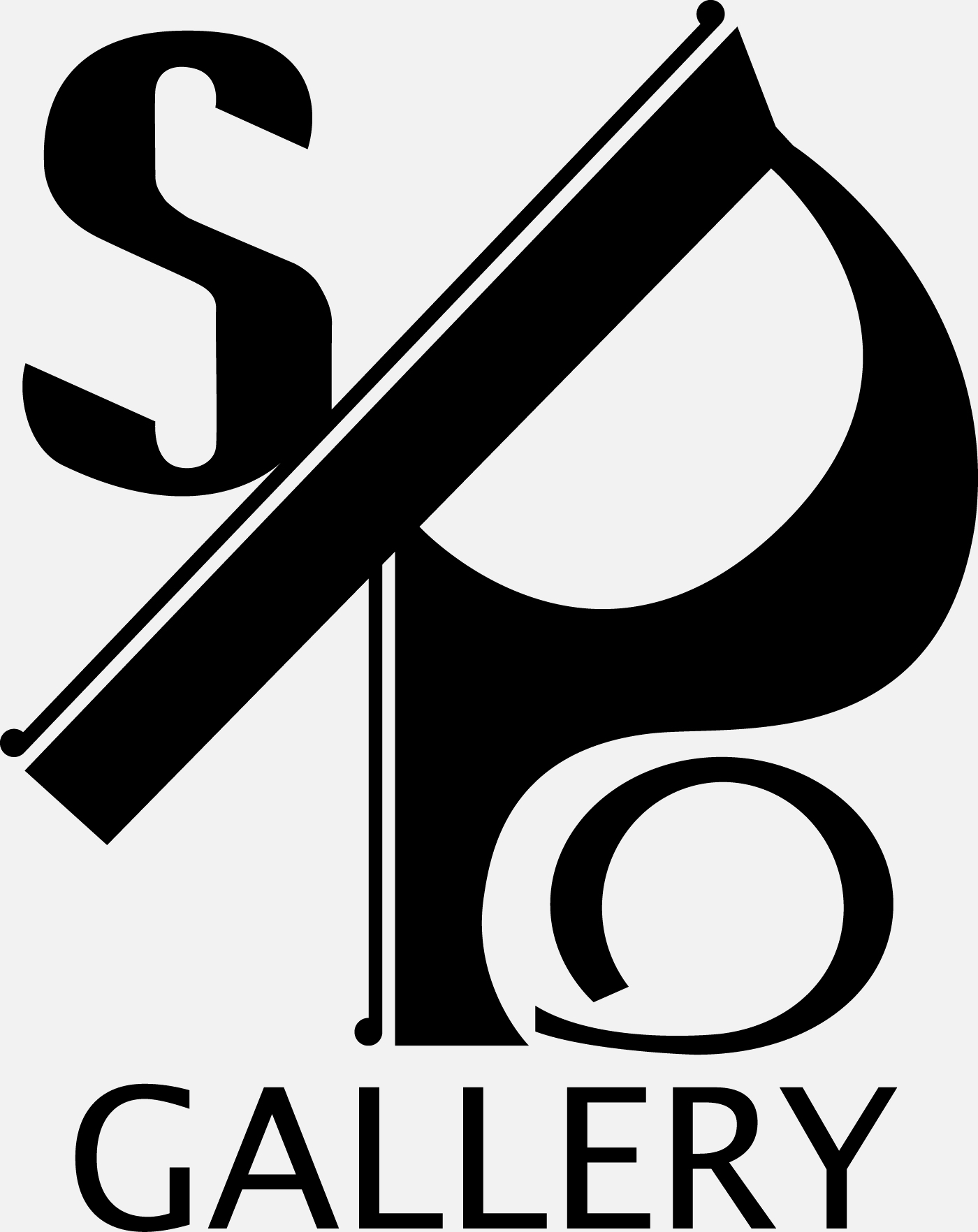Pleased to be included in Two Coats of Paint Selected Gallery Guide/January 18, 2018. Check out the link below and be sure to stop by SRO while you're out!
http://www.twocoatsofpaint.com/2018/01/two-coats-selected-gallery-guide-jan-18-2018.html#comment-55179
David Rich Luminous Shadows (For Charlie Stolerow)
Cathy Nan Quinlan Opportunistic Plants 2
Laura Greengold Drunken Master
Randy Wray Tableau
Press Release:
Trout Fishing in America takes its name from Richard Brautigan's almost forgotten novella masterpiece published in 1967.
Finding a theme in Brautigan's book isn't a focus for our show, (nor would that even be possible). We use the book's display of personal encounters, the wonderful tone, and its refusal to be a novel as a starting point in selecting these artists.
Brautigan started the novella while on an extended family camping trip in Idaho in 1961. The book begins by discussing the cover photo before moving on with a memory of trout fishing with his uncle. In later chapters the prose wanders into seemingly unrelated topics, creating episodic experiences, often surrealistic, that the reader is free to interpret. There is underlying sentiment about 1950's industrialization of America and it's impact on our natural environment. Imagination is exposed, touched with morality.
Laura Greengold finds the subject for her paintings in Natural History museums and other institutions or walking through her Brooklyn neighborhood. When an object captures her attention, prompting a desire to paint it, she brings it to her studio or makes appointments to do onsite painting. Her meanings rely on this observational technique, while incorporating imagined environments for each one. Many of these environs are shadow boxes. Meticulously painted, they are constructed shrines.
Cathy Nan Quinlan seeks the immediate experience of her Brooklyn neighborhood for her paintings. She paints what is seemingly a simple example of human encounter with environment; an undeniable weed's vigorous growth in the concrete cracks gazing up at a sky of clouds, a still-life assembled from what is at hand at her home. Quinlan Finds her subjects visual complexity, then the action of brush to canvas finds pattern and repetition to develop passages that convey pastoral hope.
In David Rich's words: "These paintings are rooted in the physicality and open intervals of urban landscape, and in the disjunctive spaces of everyday life. Densely layered and decisively edited, the resulting compositions feel solid and rooted, yet open and breathing."
We are confronted with elemental geometric shapes within a constantly shifting field: a familiar urban geometry.
Randy Wray has developed and improvised sculptural technique of conglomeration that redeems found colored papers drawn from the by products of our consumer culture. Like a terrarium that's exploded, the growth is internal. With a magic beyond nostalgic it surges up from its plinth like a steel slag.






